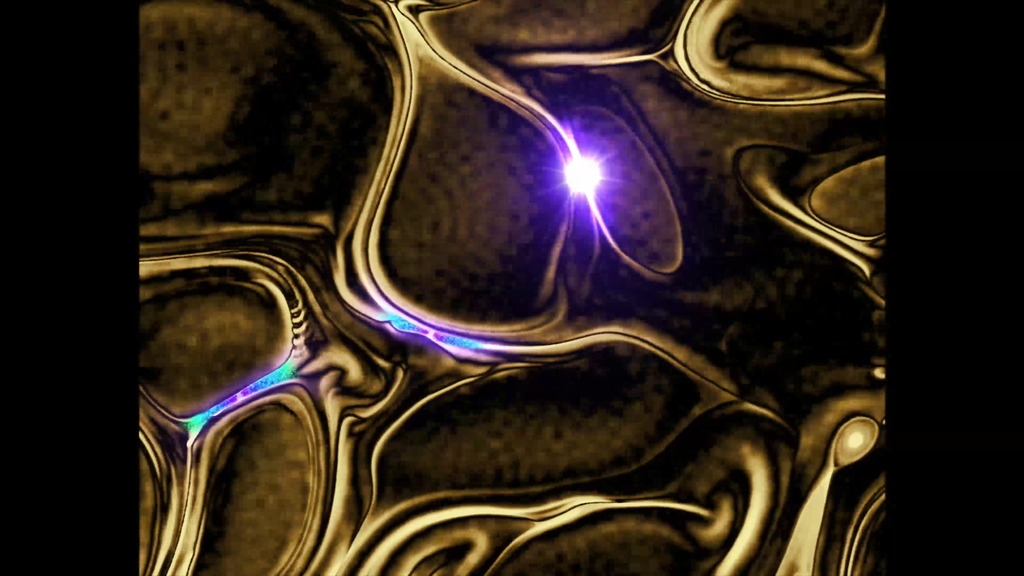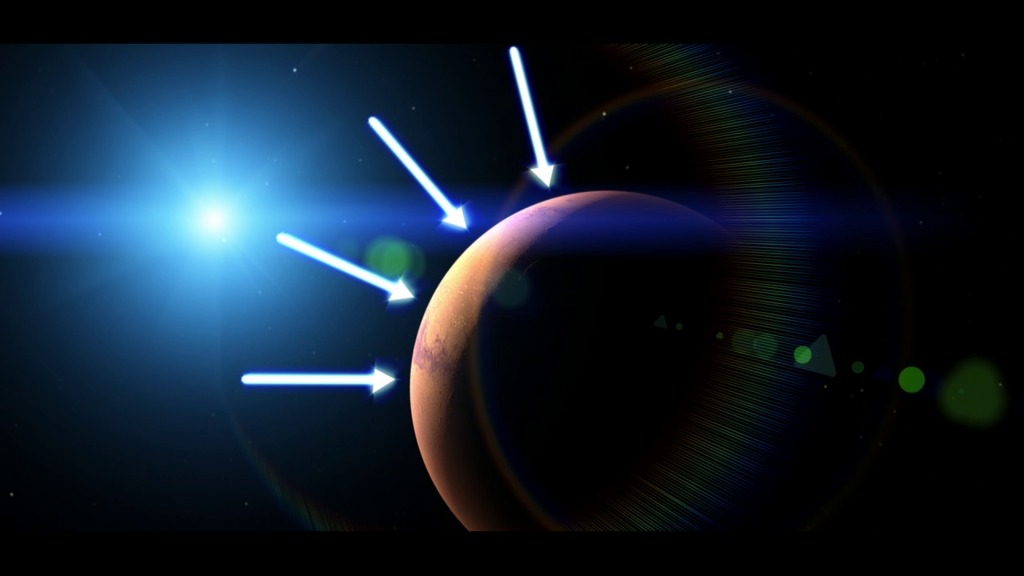What is Plasma?
Plasma makes up 99.9% of the visible universe, but what is it? This video discusses what plasma is, where it lives, and how NASA studies it.
Complete transcript available.
Credit: NASA Goddard Space Flight Center
Music credit: “Artificial Intelligence” by Matteo Pagamici [SUISA], Max Molling [SUISA] via Universal Production Music
For More Information
Credits
Please give credit for this item to:
NASA's Goddard Space Flight Center
-
Producer
- Beth Anthony (KBR Wyle Services, LLC)
-
Writers
- Mara Johnson-Groh (Wyle Information Systems)
- Genna Duberstein (ADNET Systems, Inc.)
Release date
This page was originally published on Friday, March 10, 2023.
This page was last updated on Wednesday, May 3, 2023 at 11:43 AM EDT.
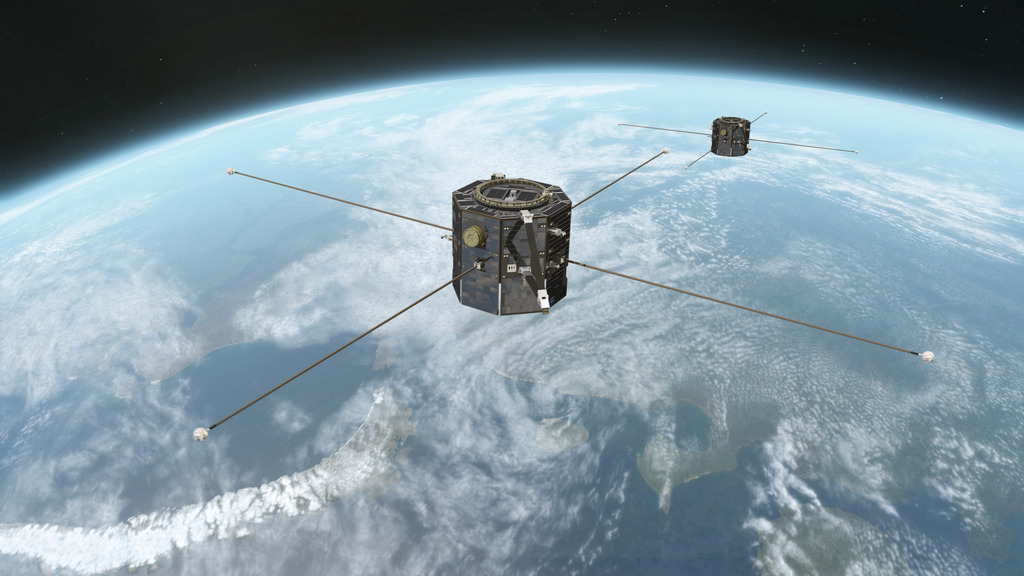
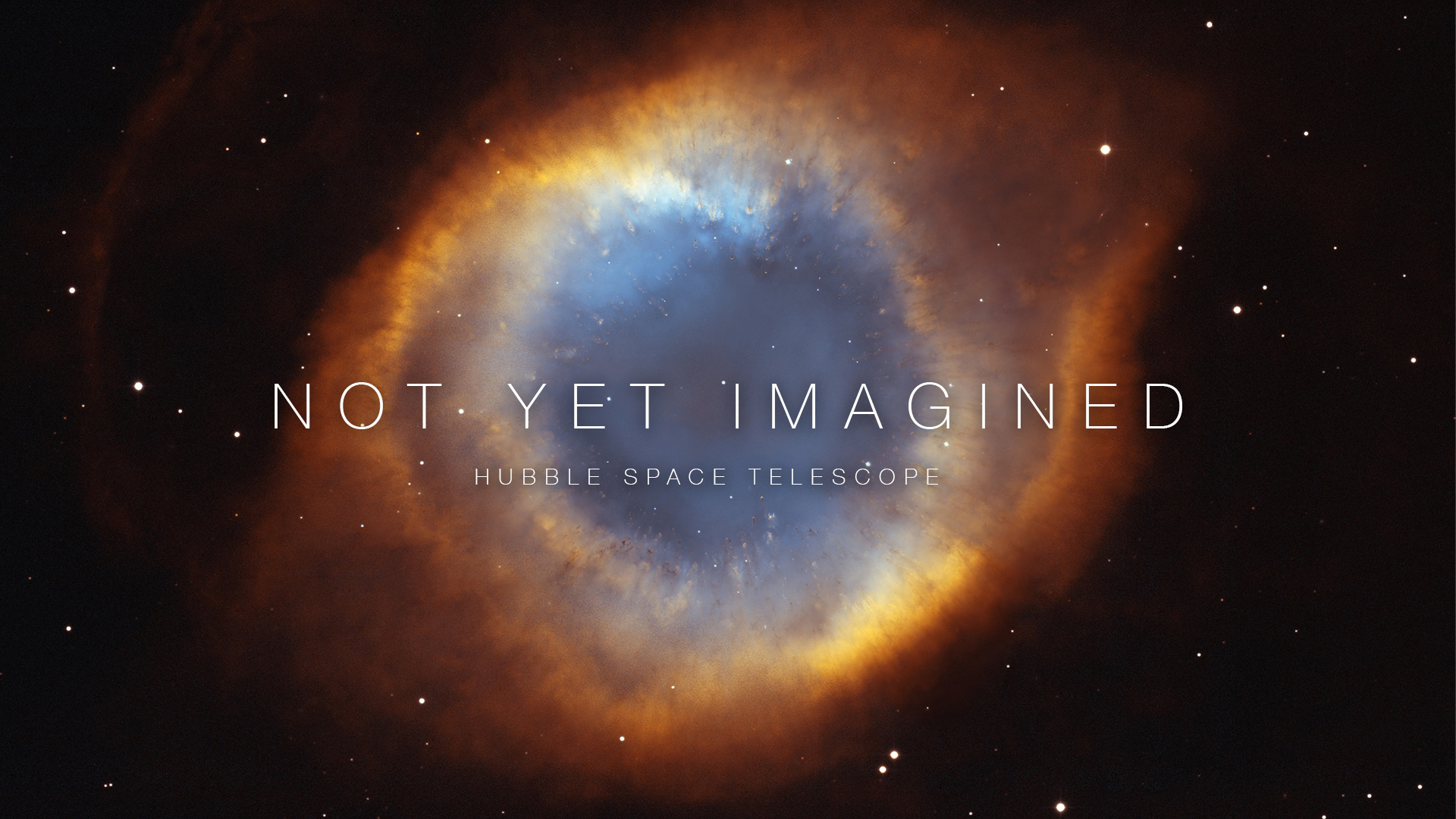
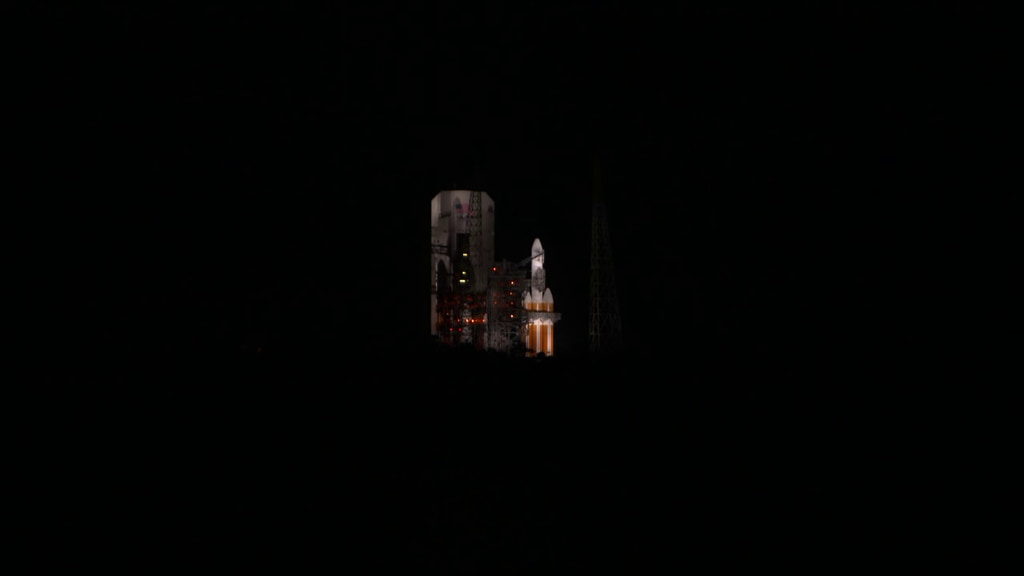
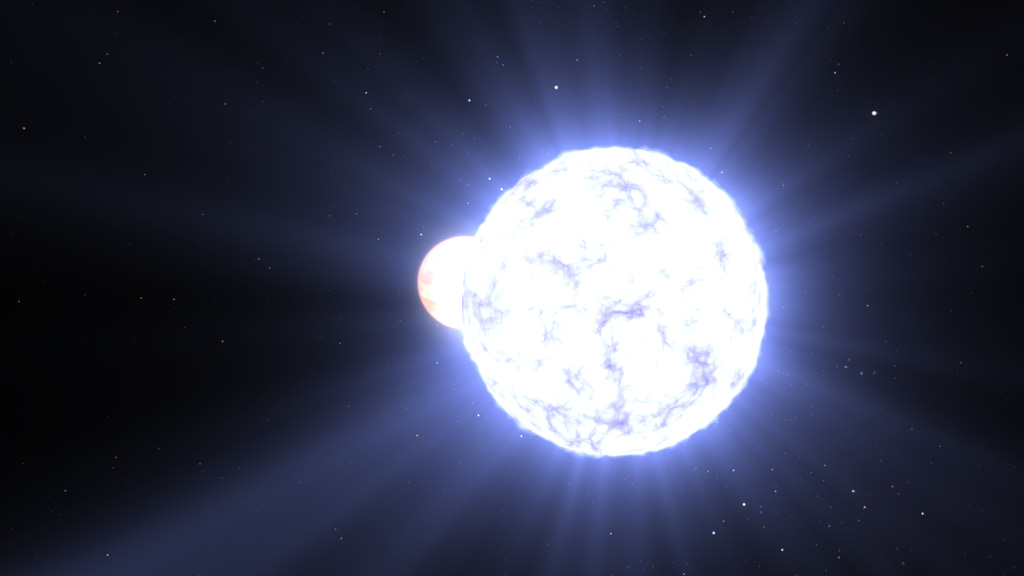
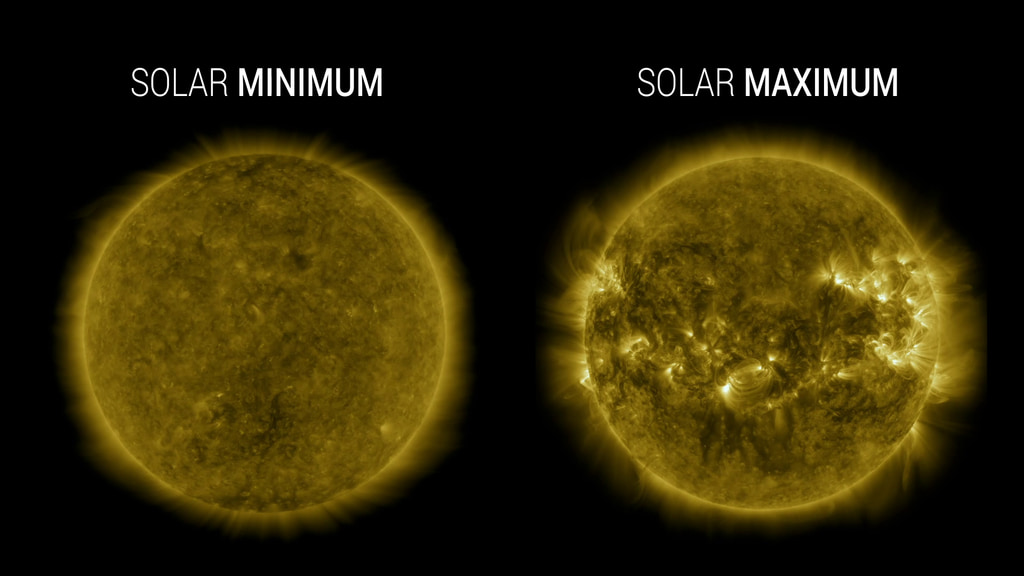
![Complete transcript available.Music credit: “Intrigues and Plots” and “Repetitive Motion” by Laurent Dury [SACEM] from Universal Production Music Watch this video on the NASA Goddard YouTube channel.](/vis/a010000/a013600/a013687/13687_AuroralBeads_YouTube.00320_print.jpg)
